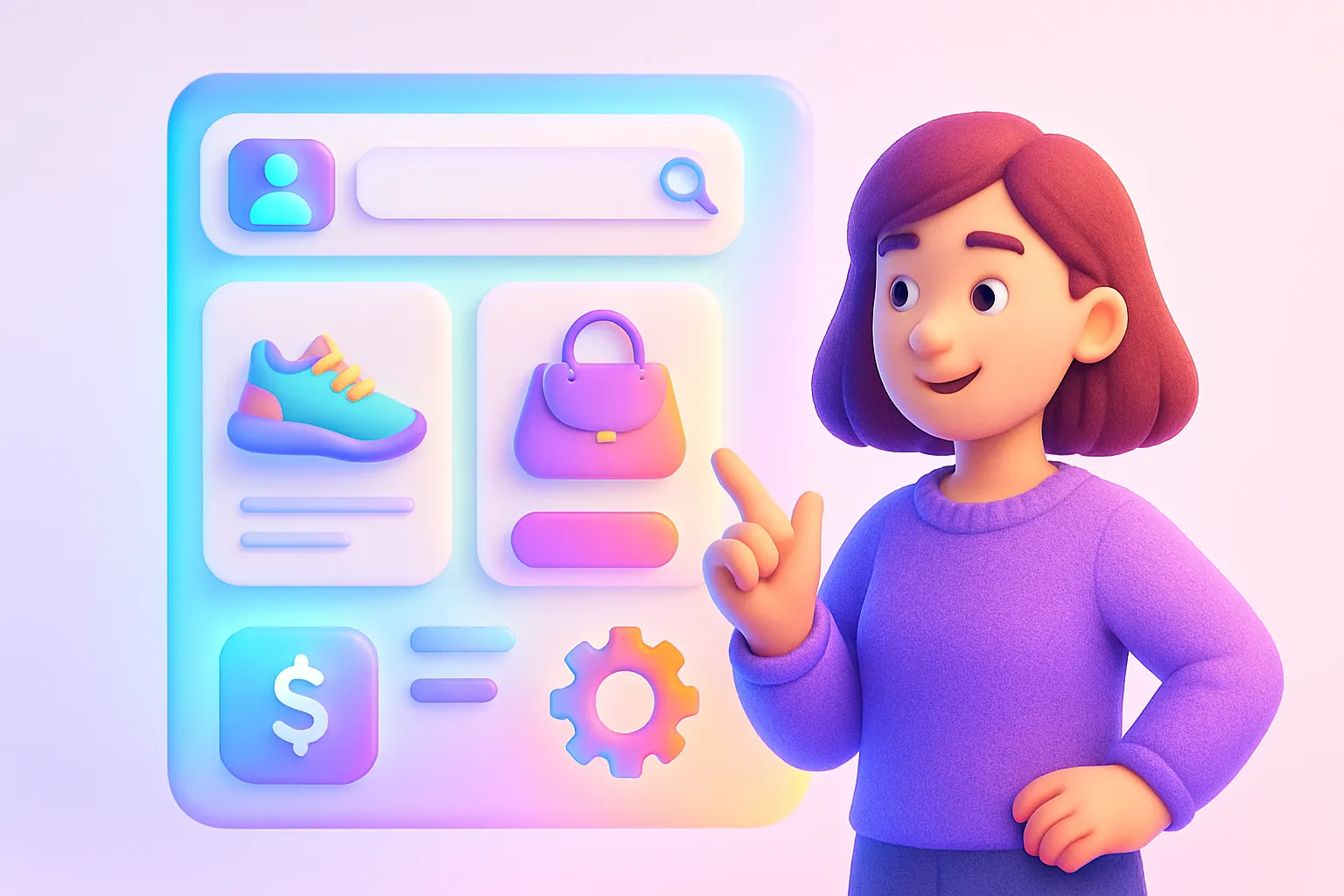AI-Driven Personalization Strategies for E-Commerce Success

Why Personalization Matters Right Now
If two visitors land on your store and see the same homepage, you are leaving money on the table. Shoppers expect a storefront that feels like it was built for them, whether that means a “You may also like” carousel, a quick price drop on an item they keep revisiting, or a chatbot that remembers their last purchase. AI makes that level of personal touch possible at scale.
Introduction to AI in E-Commerce
AI tools crunch browsing history, purchase data, real-time demand signals, and even weather forecasts to shape each shopper’s experience. Unlike traditional rule-based systems, machine-learning models improve with every click, making recommendations, pricing, and support smarter over time.
Personalized Product Recommendations
Recommendation engines run collaborative-filtering and deep-learning algorithms that surface products a customer is likely to buy next. Amazon’s engine is the poster child; it drives a sizable share of the company’s revenue by matching items to shoppers’ search and purchase history (source).
- Quick win: Start with “Customers who bought X also bought Y” widgets on product pages.
- Pro move: Feed your engine enriched catalog data, attributes, tags, and sentiment, so it can recommend based on style, mood, or use-case, not just past purchases.
Dynamic Pricing Optimization
Airlines invented it, but ecommerce perfected it. AI scans competitor prices, inventory levels, and shopper behavior to set prices that maximize margin without scaring off buyers (source).
- Guardrails: Define floor and ceiling prices so the algorithm never undercuts your brand or breaches MAP agreements.
- Flash tests: Run limited-time price experiments on non-core items to see how customers react before rolling out site-wide.
AI-Powered Customer Support
Chatbots can now handle order tracking, returns, and product advice with a tone that feels human. Shopify merchants report higher satisfaction scores after adding AI support widgets (source).
- 24/7 coverage: Let the bot field common questions while human agents tackle complex cases.
- Upsell moments: Program the bot to suggest accessories or extended warranties when a customer asks about a product’s features.
Behavioral Targeting and Segmentation
Instead of lumping everyone into “new” and “returning” buckets, AI builds micro-segments like “bargain hunters,” “gift givers,” or “loyal luxury buyers.” Marketers then trigger email flows, push notifications, or on-site banners that speak to each group’s motivation (source).
- Example: Deal-seekers get an alert the moment clearance prices drop, while high-LTV customers see early-access bundles.
- Tip: Re-score segments monthly so shoppers can move between groups as their behavior shifts.
Predictive Analytics for Customer Behavior
AI doesn’t just react; it predicts. Models flag which shoppers are likely to churn, which will buy again within a week, and what products could trend next month (source).
- Churn busters: Trigger a retention offer when probability of churn crosses a set threshold.
- Stock planning: Use demand forecasts to fine-tune purchase orders and cut dead inventory.
Implementing AI Personalization Strategies
- Audit your data. Clean product feeds, merge duplicate customer records, and tag events properly. Good data is the fuel.
- Pick the right use-case. Don’t roll out everything at once. Pilot recommendations or dynamic pricing first, then expand.
- Choose an AI stack. Options range from built-in platform apps to full APIs that plug into your data warehouse (source).
- Set measurable goals. Tie each AI feature to KPIs like average order value, conversion rate, or support resolution time.
- Test and iterate. A/B test against control groups, and let models learn before judging results.
- Stay compliant. Collect consent, anonymize data where possible, and document processing to meet privacy regulations (source).
Common Pitfalls to Avoid
- Over-personalization: Recommending items from yesterday’s browse session can feel creepy. Balance relevance with discovery.
- Data silos: If email, onsite, and ads run on separate data sets, customers get mixed messages.
- Set-and-forget mentality: Algorithms drift. Schedule regular model checks and refresh training data.
Related Reading
If you want a broader view of where AI personalization is heading, check out AI-Powered Innovations Reshaping E-Commerce in 2025. It digs deeper into how recommendation engines, AI chat, and logistics tech combine to create next-level shopping experiences.
The Takeaway
Personalization used to mean adding a shopper’s first name to an email. Today, AI lets you mold the entire journey, what they see, what they pay, and how they get help. Start small, measure everything, and keep refining. The stores that nail AI-driven personalization will set the standard for e-commerce success over the next decade.



